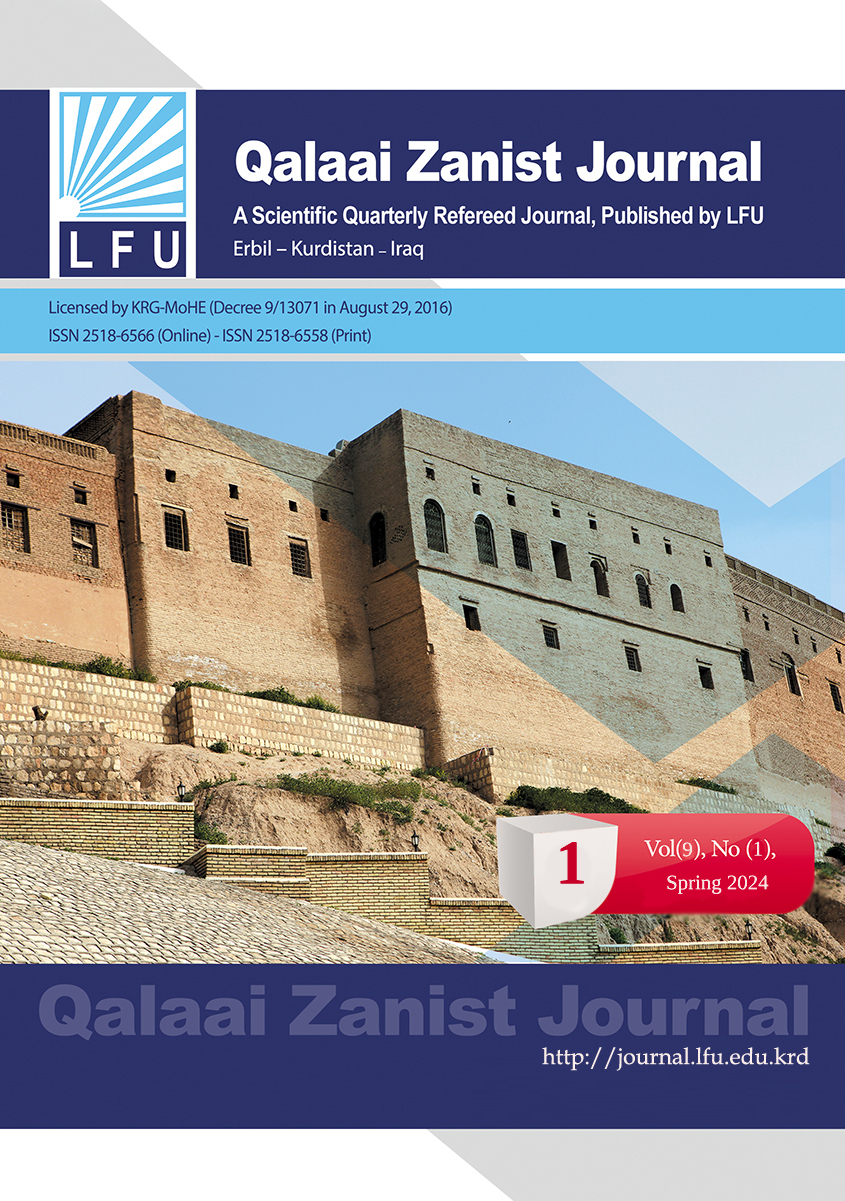Safety and security measures as Key Dimensions of Tourism Satisfaction in the city of Erbil
##plugins.themes.bootstrap3.article.main##
Abstract
Erbil, the capital city of the Kurdistan region in Northern Iraq, attracts millions of national and international tourists annually. However, the region faces uncertain safety due to the central government on the one hand and neighboring country conflicts on the other hand, which creates tension among tourists and local businesses. This study aimed to investigate the relationship between destination safety and tourist satisfaction in Erbil, Kurdistan region. the researchers based in this research on the analytical descriptive approach. A stratified random sample of the research population (tourists in Erbil city) was chosen, with a sample size of (160), in order to explain the main and sub-variables as well as to assess the correlations and influence between the variables. There were 160 questionnaires distributed, 146 were imported, and 146 were able to be used for analysis. Hypotheses were tested by applying statistical methods using the computer program (SPSS V.25). The results showed a significant positive relationship between safety and security, traffic safety, health and safety, and tourist satisfaction. The study recommends that the local government prioritize the improvement of safety and security measures, including traffic safety, and collaborate with other security and traffic management agencies to enhance tourists' confidence in the destination. Regular monitoring and public awareness campaigns are necessary. The government should continue to provide high-quality services, including hospitality, transportation, and accommodation, to maintain and improve the positive perception of tourists toward Erbil. This study's findings can help the local government and tourism industry in Erbil to enhance the safety and satisfaction of tourists, leading to increased tourism revenue.
Downloads
##plugins.themes.bootstrap3.article.details##
How to Cite
Copyright (c) 2024 Houshyar Abdulrahman Saleh، Ronyaz Hayyas Mahmood

This work is licensed under a Creative Commons Attribution 4.0 International License.

